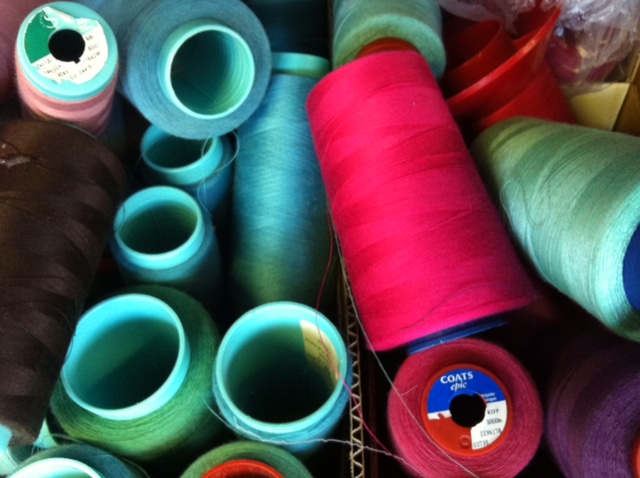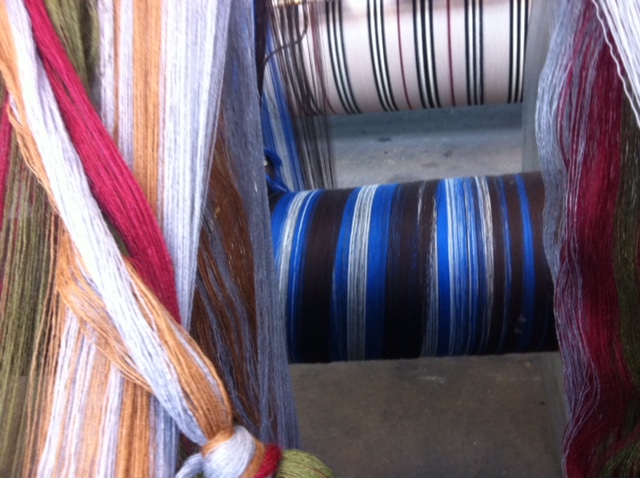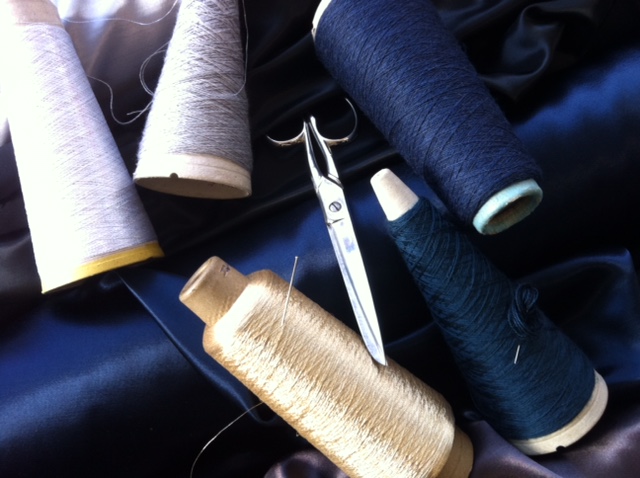Time
Just before the onset of New York Fashion Week, Burberry announced a radical shift in how their collections will be shown and sold: no longer following the usual fashion schedule of two menswear and two womenswear seasonal shows, but instead amalgamating them into two gargantuan annual shows and, crucially, making the collections available to buy immediately, eliminating the concept of ‘previewing’ to buyers before the clothes are made available to the customer.
Within a few days, Tom Ford and Michael Kors quickly followed with similar announcements.
Why did it take big brands no time at all to adapt to such a revolutionary and seemingly innovative change? How could it be that a tried and tested system can so suddenly be switched to accommodate immediate retailing instead of operating on wholesale orders?
It is partly a symptom of a fashion industry looking for a new identity, influenced as it is by social networks and the public’s increasing interest at being included in the conversation, but it also underlines that fact that, for such big fashion houses, switching from wholesale to retail is actually quite easy, and it won’t change much in terms of their overall operations.
The truth is that their supply chain is ready for it; their structure can manage any speed at this point. Their gigantic, well-oiled but profoundly inefficient machine is already geared to speed – time to market is getting faster and faster and reaching consumers directly is now seen as the way forward.
On one level, it fits with the trend for seasonless collections as it reiterates the point that we have too many seasons in the fashion calendar (couture, ready to wear, men’s, women’s, autumn/winter, spring/summer, pre-collections, resort…), and as such it was quickly labelled as triumphantly ‘innovative’, ‘game-changing’, even ‘genius’.
The reality is a bit more sinister, and what it actually means, or implies, is supremacy of the big over the small. Because for a small brand, for an emerging designer, or anyone who isn’t supported by an enormous, invisible supply chain, this change will be almost impossible to follow.
There is no way that a small brand or unknown young designer can predict the amount of orders they will receive, or what will be the best seller of the season; a small brand relies on their buyers viewing the collection and giving potentially useful feedback. A buyer will take time to consider what will and won’t work in their boutique, thus influencing a flux of minimal changes that can still occur between orders being placed and production, becoming part of a conversation that leads to better understanding and further development.
I have seen young designers’ collections being finished only minutes before the show: a final adjustment to the length of a sleeve, adding an embellishment, re-introducing a piece that is more experimental and somewhat unfinished and wasn’t part of the original merchandising but looks good in the final line-up.
And after a collection is exhibited (and the young designer will often travel around several fashion weeks to showcase it) comes another process, that of producing it according to how many orders have been received.
The production process is an integral and vital aspect of learning, as it means working with other people. The pattern cutter will still be tweaking; the designer will visit the production studio, often meeting the seamstresses (or skyping with them if they are abroad). While waiting for fabrics to be delivered in full, they are in contact with the industry that supplies them – it’s when they know for sure that blue sold better than brown, or the tweed was more popular than the twill.
It is the moment when everybody across the supply chain holds hands. It’s a time of union, where triumphs and losses are shared. If the collection sold well, it’s an honour as well as guaranteed employment for the people who make the clothes, and they will be a part of the designer’s pride and success. It’s when one really understands what it is like to be a fashion designer – what the industry behind their collections looks like. It’s getting to know the people to whom they are linked by the thread that is clothes-making, and the techniques that make those makers unique.
It takes time.
Which is precisely what has now been almost eradicated from the fashion language, in one carefully orchestrated statement.
From fast to faster.
It is as if the concept of time in fashion can only be about narrative references to the past, like the ‘70s look, or the ‘90s throwback and no longer about the precious time it actually takes to make great clothes that are considerate and well made.
Interestingly, Raf Simons cited speed and lack of time for the creative process as one of his main reasons for leaving Dior, and Alber Elbaz echoed that sentiment when leaving Lanvin.
The only genius thing about the murder of time is in its irony: this is the high end imitating the high street, making Topshop and H&M look like the visionaries that they actually were.
Because, make no mistake, this move confirms that fast fashion and fast luxury have won the battle, at least temporarily.
But there is hope.
The fact is that the fashion industry as we know it now is relatively new, and it’s still finding its feet: which is why the movement to make it sustainable at its core is so important. If we act now to make it right while it’s in its infancy, we stand a real chance to grow it into a positive force, all things considered.
To continue to grow Fashion Revolution as a global movement for change, we need your financial support. Even the smallest donation will help us to continue delivering the resources we need to run our revolution. Please donate, be a part of this movement and help us keep going from strength to strength. We can, if you help.











